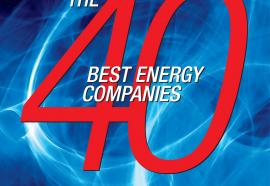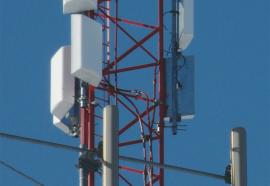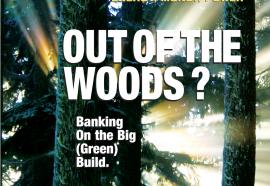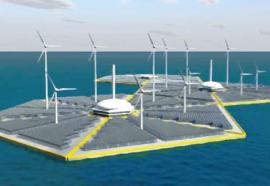The Fortnightly 40
The 40 Best Energy Companies
(September 2009) The industry’s best companies are weathering the financial storm reasonably well, with the F40 delivering equity returns in the 14-percent range for fiscal 2008. However, falling sales and rising costs are putting heavy pressure on balance sheets—and on regulatory relationships. Companies that balance customer value and shareholder value will be most likely to thrive in the new normal.









